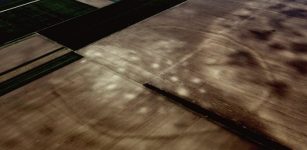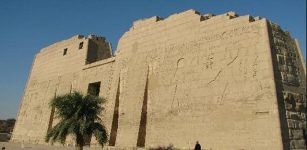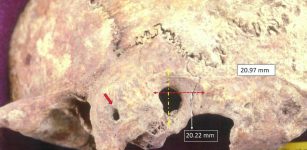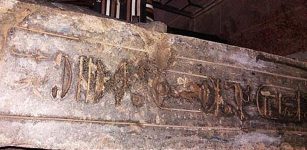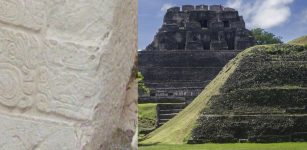Mysterious 6,000-Year-Old Fort In Jordan: Why Did An Advanced Civilization Settle In Remote Desert?
MessageToEagle.com – A mysterious 6,000-year-old fort in Jordan puzzles scientists. Its existence raises a number of intriguing questions such as for example – why did inhabitants decide to settle in remote desert?
Scientists have not found any evidence of warfare and yet, the fort is fortified.
Unearthed canals and damn predate Mesopotamian irrigation so obliviously this place was once home to an advanced ancient civilization – but who these people were remains a mystery.
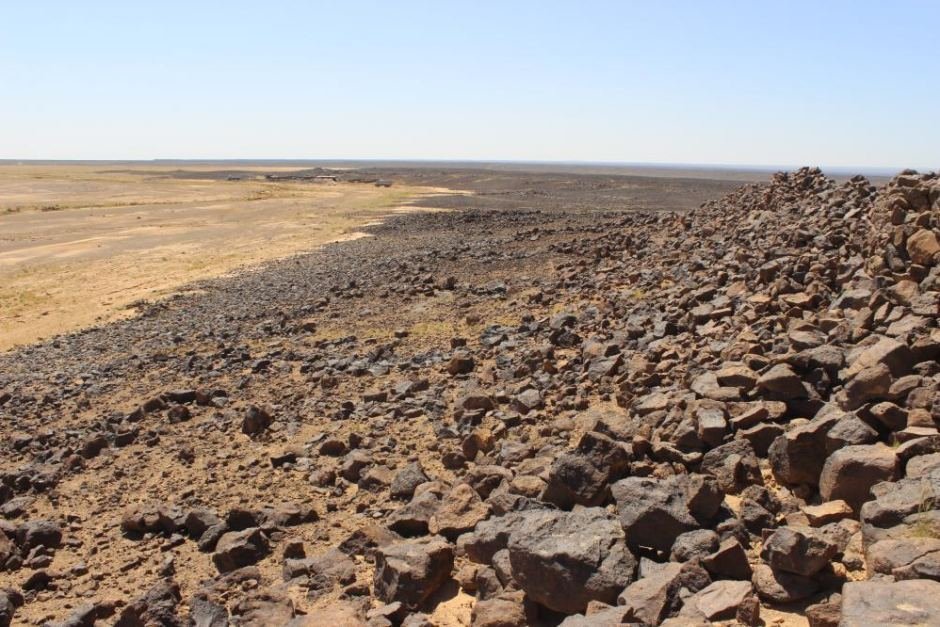
Located atop volcanic hills, in the basalt desert of Jordan, archaeologists have unearthed three ancient, fortified settlements that may be the earliest evidence of artificial irrigation system. The sites were constructed during different time periods, ranging from 6,000 years ago to the late fifth and fourth millennia B.C.
It was previously thought that pastoralists only visited the area for specific times of the year – usually during the wet season, but this recent discovery contradicts the theory.
The findings have left us with unanswered questions. Scientists now wonder what kind of climate these residents faced in the fourth millennium BCE and why people chose to settle there.
Ancient Canals And Dams In Jordan Predate Mesopotamian Irrigation
The fortified sites also hosted a sophisticated system of diverting rainfall into terraced gardens, where they flooded sediments for agricultural purposes.
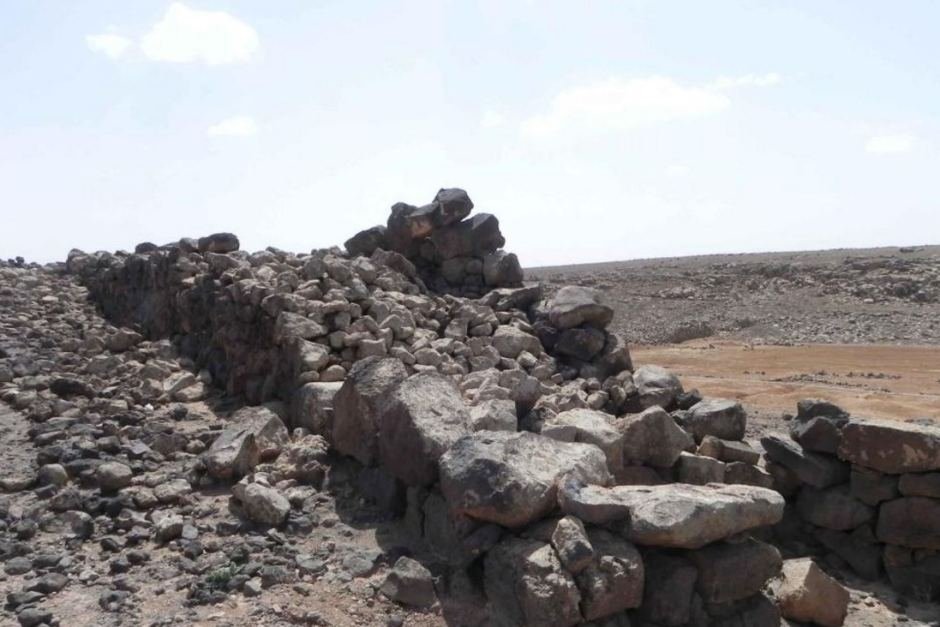
According to Bernd Muller-Neuhof, head of the study from the Orient Department of the German Archaeological Institute there is unconfirmed evidence these people built wells in (wadi beds) and used lava tubes (natural conduits formed by flowing lava), which fill up in the rain season, to hold water.
It is very interesting to note the ancient canals and damns in Jordan predate Mesopotamian irrigation which clearly indicates that the people who lived in this region were without doubt an advanced civilization.
Why Did An Advanced Ancient Civilization Settle In The Middle Of A Desert?
The identity of the inhabitants remains unknown for now, but the fact that scientists found proof of flint mining and advanced agricultural techniques suggest these people were advanced in an number of areas.
“The major economic activities were most probably husbandry of sheep and goats, pastoralism – not only for serving their own needs but also exports to other settlements,” Dr Muller-Neuhof said.
“We know from the mid fourth millennium in the region of southern Iraq that the Uruk culture there … started to develop a textile industry.
See also:
Thousands Of Petroglyphs And Inscriptions In Wadi Rum, Jordan – 12,000 Years Of Human Occupation
93-Mile-Long Ancient Wall In Jordan Puzzles Archaeologists
Thousands Unknown Ancient Structures Seen From Space: Puzzling Aerial Archaeology In The Middle East
“It is the first place we can trace mass production in textiles, leather and agriculture in the Mesopotamia era.
“For these desert areas, sitting on the fringes of these fertile alluvial lowlands, they were involved in the production of animal products – which means wool, leather, meat, cheese or something like that.
“That was probably the major things they did.”
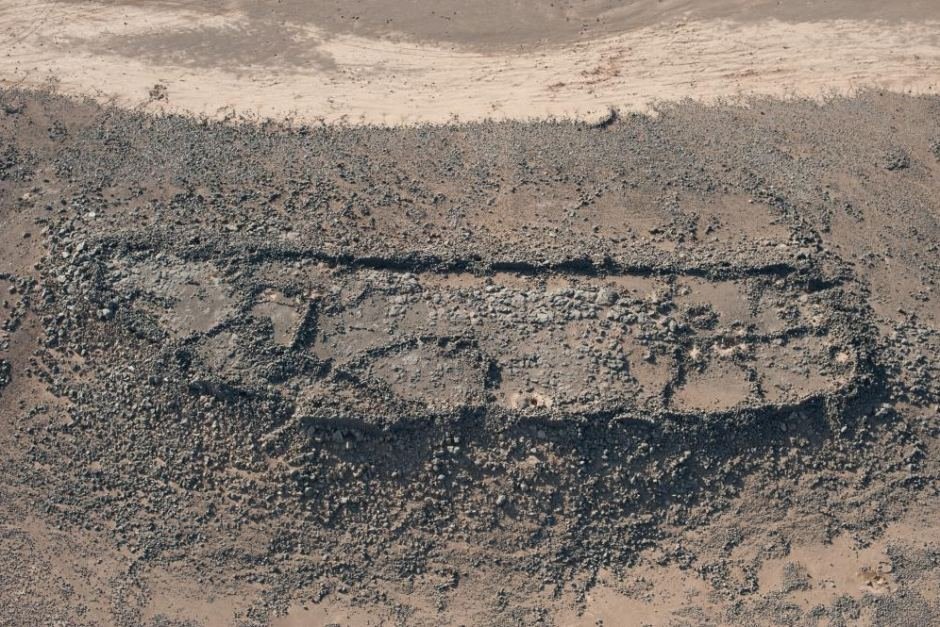
But while the inhabitants were able to engineer a sustainable life for themselves, the question remains as to why they decided to settle in the arid region in the first place. Dr Muller-Neuhof said the answer remains a “mystery”.
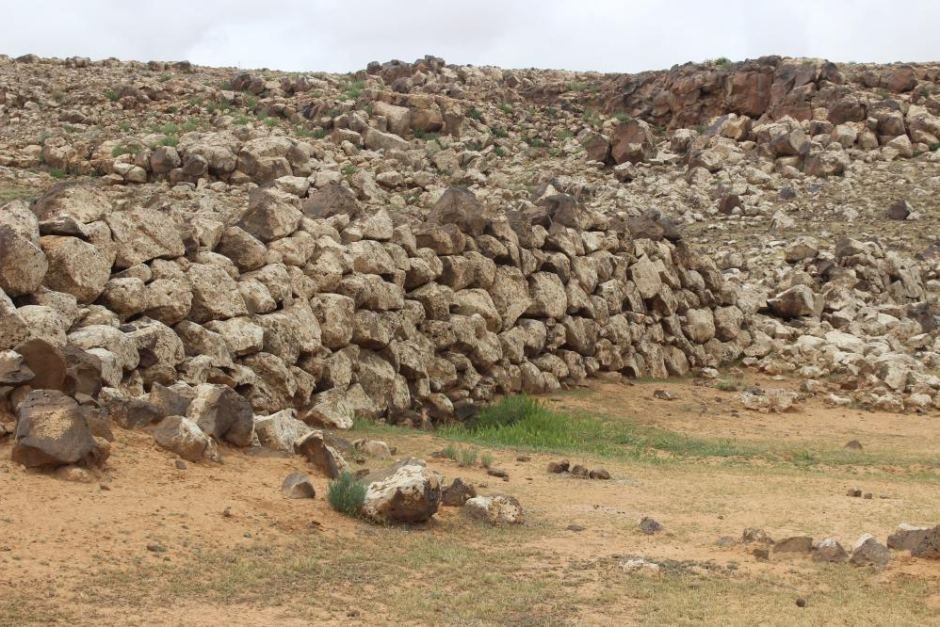
“We don’t know it yet … We have no idea yet why these people went there and why they built these huge fortifications, huge villages because this region was, to us, always a quite remote region.”
There Is No Evidence Of Warfare
Although the ancient forts are fortified, there is no evidence of warfare discovered so far.
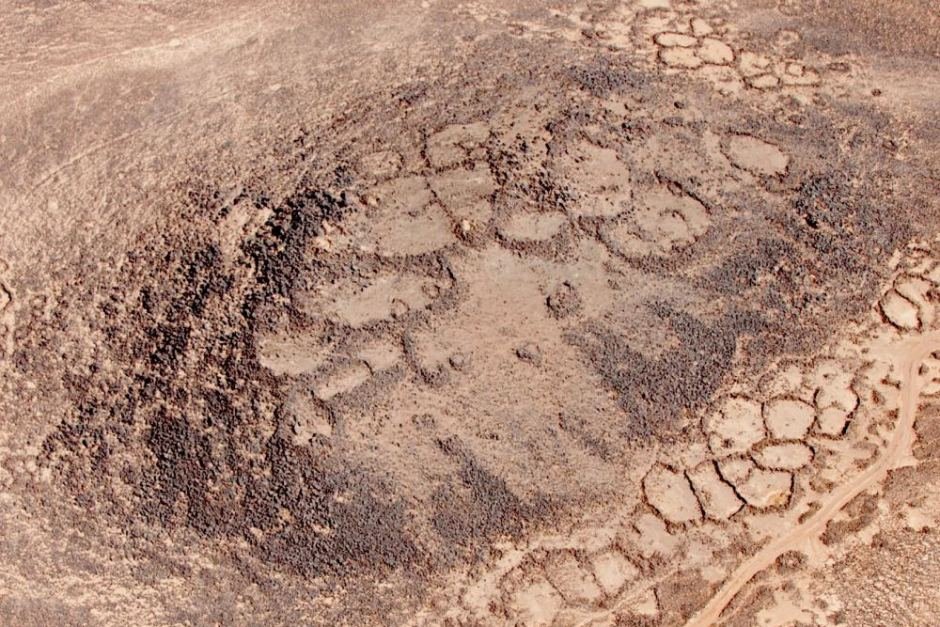
Inside the dwellings researchers found small fireplaces, charcoal and some flint tools, but these reveal very little information about the people who lived here.
“When they left the village it was very controlled, there is no evidence yet of warfare although we have these huge fortifications,” Dr Muller-Neuhof said.
More research has to be conducted to unravel the mystery of the region and its ancient inhabitants.
MessageToEagle.com

